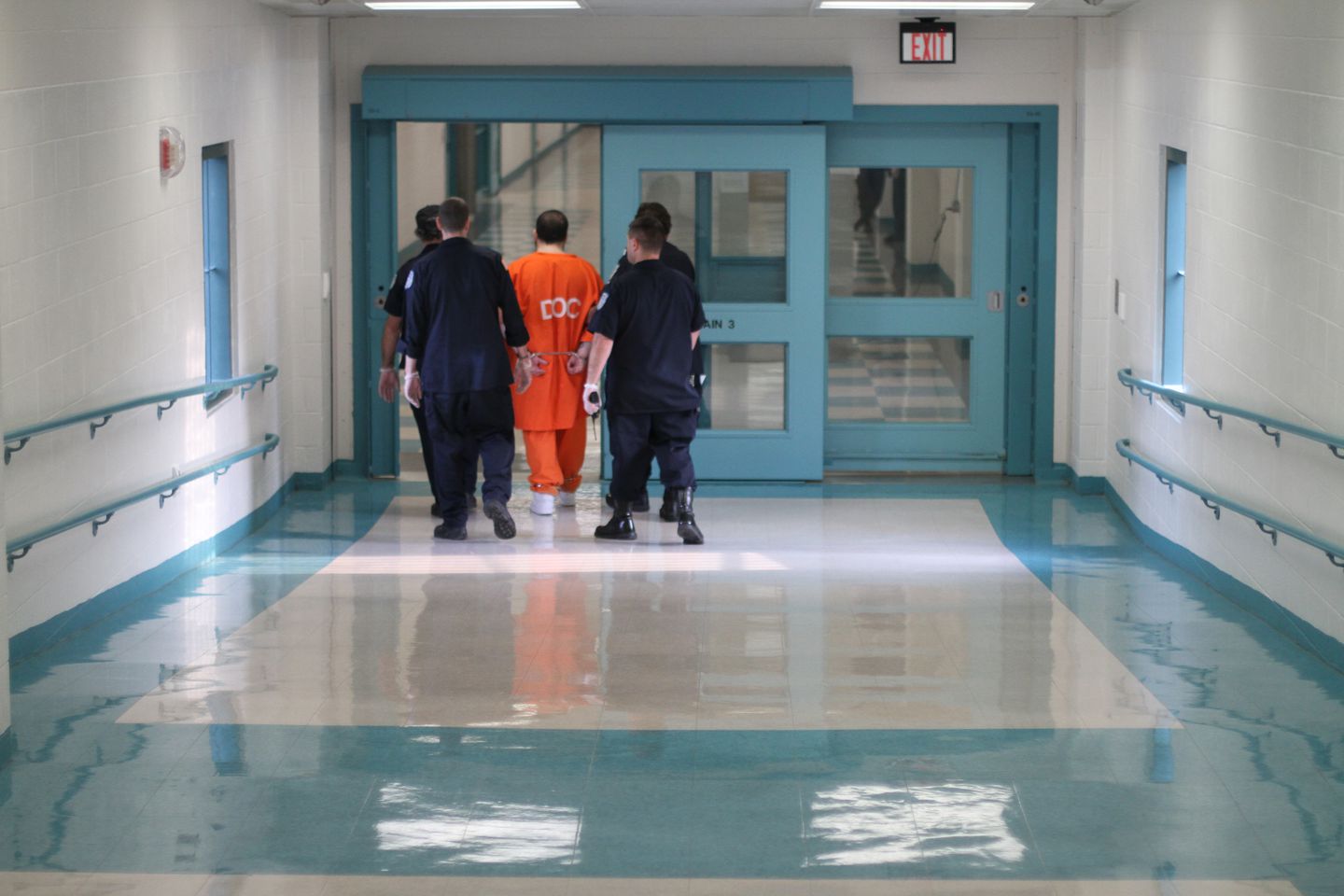There is much in the news in the past month or so concerning so-called “Compassionate Release” of inmates who are serving their sentences in U.S. Bureau of Prisons (BOP) institutions, largely due to concerns over COVID-19 spread among the prisoner population and staff at those institutions. What exactly is that, and what does it mean-and not mean? As with a lot of the current events, the stories can be quite concerning-and misleading-if not put into some context.
Importantly, what it does not mean is that there is wholesale release of dangerous criminals into the neighborhoods. Judges and prison officials are not in the business of letting people out of jails and prisons to jeopardize community safety. But neither are they inclined to risk the lives of inmates – and correctional staff – by leaving in custody those inmates who are particularly susceptible to the serious effects of COVID-19 when they can be ordered to home confinement, or halfway house placement. It is a delicate balancing act but courts are doing so on a case by case basis.
The most recent and highly publicized instances of such compassionate release are Paul Manafort, the former campaign chairman for President Trump and Michael Cohen, President Trump’s former lawyer. Interestingly, both of these men were selected for release by administrative action of the BOP, after being turned down by their sentencing courts.
Mr. Manafort, who is 71 and suffers from a number of medical issues, was released from a minimum security facility in Loretto, PA, after serving about one-third of his 7 year sentence. Mr Cohen, for undisclosed reasons, has not yet been released. He is in quarantine in the facility in New York.
U.S Attorney General Barr recently issued directives to the BOP to identify “at risk” inmates who could, and should, safely be sent to home confinement. There are significant limitations on those who would qualify, e.g, not convicted of violent crimes, no sex crimes, must have served a significant percentage of the sentence or within a certain time of anticipated release, age, health, etc. Those criteria are somewhat flexible and have changed since March and there is discretion given to the wardens to vary from them—as happened with Mr. Manafort. Out of a federal inmate population of approximately 150,000, some 2,500 inmates have been released to home confinement as a result of this program. Although figures vary widely depending upon the source of the information, a recent BOP report states that approximately 3,000 federal prisoners were confirmed to have COVID-19, as well as approximately 400 staff. A Reuters report this week reported the numbers now to be 4200 infected, and 52 deaths.
In addition to the BOP administrative procedures and criteria, if an inmate is not granted release from the institution administratively, he or she can petition the court to reduce the sentence and order them released to a halfway house or home confinement. There are federal statutes that lay out the criteria for courts to consider and follow. Those statutes require the inmate to exhaust his or her administrative remedies within the BOP system before seeking relief from the court. There are cases in which the court has “waived” that requirement in certain situations. There must be “extraordinary and compelling reasons” to warrant a reduction of the sentence by the court, and there must be a finding that the inmate is not a danger to the public. The court then can order that the sentence be reduced to “time served” and then impose a period of supervised release that includes very restrictive home confinement, including a tether.
Alternatively, the court can temporarily suspend the custodial portion of the sentence in the institution during the pendency of the pandemic with the inmate being required to finish out the sentence at a later date.
While the above focuses on federal sentences, a number of states also are taking steps to review the appropriateness of releasing certain inmates, placing them on parole, in order to cut down the risks of the pandemic circulating through the prison system and the surrounding communities. Protective measures, such as social distancing, are not practicable in those environments. Michigan, e.g., reportedly had the most recently reported cases of COVID-19 of any state correctional system, over 2,000 cases and 56 deaths. As with all such reports, this is very much a matter of more vigorous testing in some states than others.
In sum, the term “compassionate release”, references “compassion” not only to inmates, but to correctional staff, their families and the larger community and is by no means intended to release dangerous prisoners into the community to commit more crimes-or to spread COVID-19 that might have been contracted in prison, despite often being quarantined before release. Overall, the prison population across the U.S., including the federal system and 44 states, decreased by just 1.6% in the first three months of 2020. As with so many things COVID-19 has produced, there are risks that come with very difficult choices.
David DuMouchel
313.225.7004
dumouchd@butzel.com
George Donnini
313.225.7042
donnini@butzel.com
Damien DuMouchel
248.258.2610
dumoucheld@butzel.com




